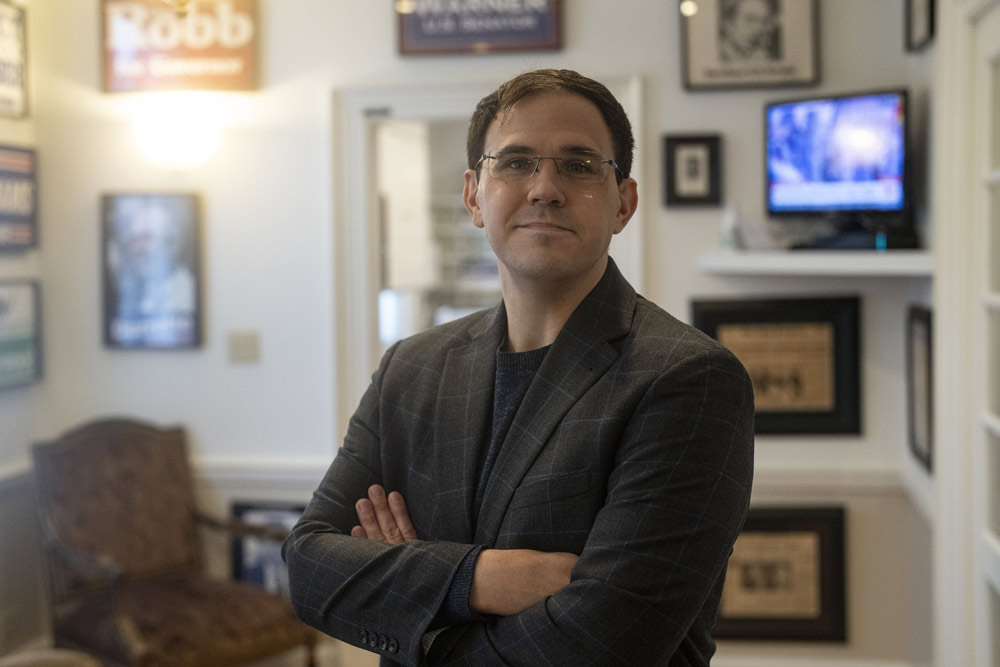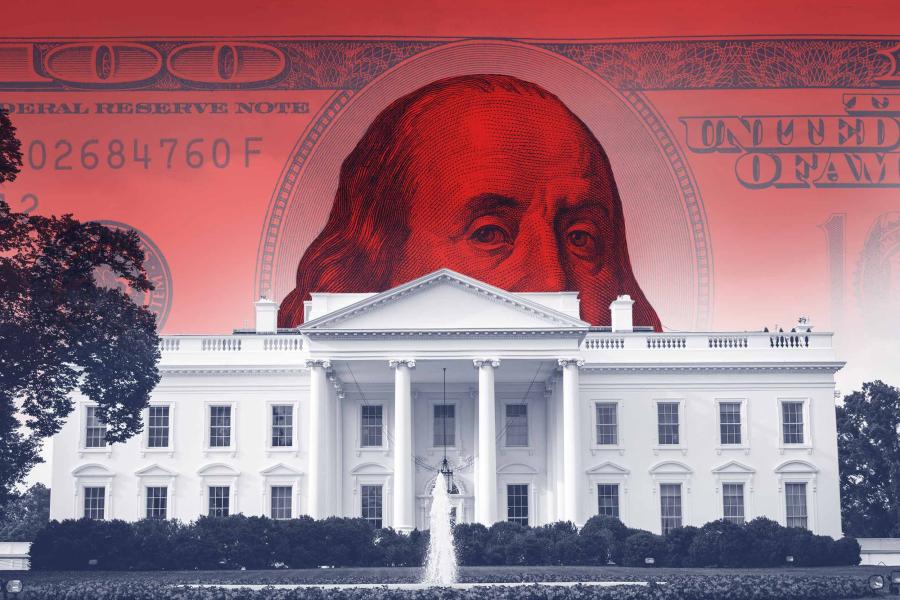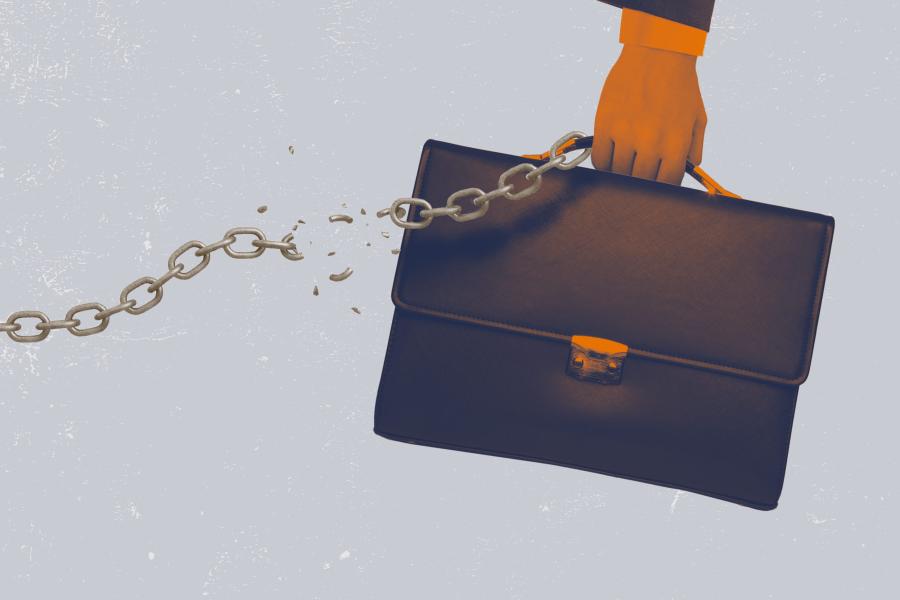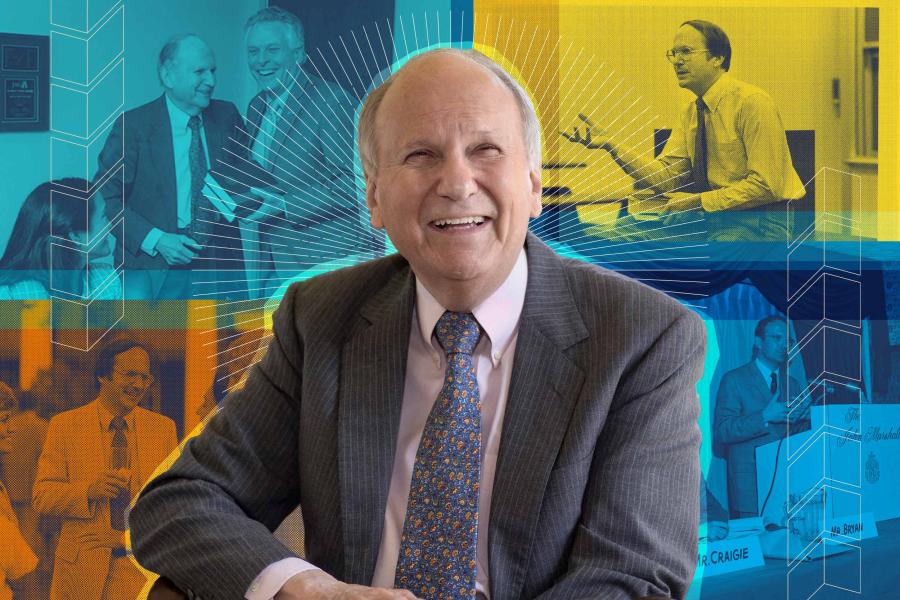March 5 is going to be super.
That’s Virginia’s official presidential primary day, when interested voters who have not taken advantage of early voting can walk into their precinct polling places and cast a ballot for one presidential candidate in the party of their choice.
Virginians are part of Super Tuesday primary events, along with voters from California to Maine and Minnesota to American Samoa – 17 states and territories in all. Rules vary from state to state, but registered Virginia voters can participate in one party primary of their choosing, even if they are not registered members of that party.
Not everyone follows Virginia’s lead. In American Samoa, Republicans and Democrats will meet in caucuses rather than casting votes. In Iowa, only the Democrats will vote, and that will be in caucuses as well, as Iowa Republicans held their caucuses on Jan. 15.
Some states may have more than one method. In Nevada, voters from both parties went to polls on Feb. 6 to cast ballots in the state’s official primaries. Then, on Feb. 8, Republicans held a party caucus, with members meeting at different locations across the state to debate in smaller groups about which candidate should get their support.
With so many options in so many states, UVA Today sought some electoral clarity from J. Miles Coleman, associate editor of the University of Virginia Center for Politics’ nonpartisan political newsletter, Sabato’s Crystal Ball.
Q. What are the differences between a caucus and a primary and who decides which method to use in choosing a presidential candidate?
A. The key difference between a caucus and a primary is that the former is run by a political party, while the latter is, basically, like any other “normal” government-run election.
In primaries, voters go to their usual polling place where they cast ballots in general elections. They may have to wait in a line, but aside from that, they’ll be “in and out” most of the time. In a caucus situation, the voting locations and times are selected by party officials and are typically not as numerous as those in primaries.
Iowa, for example, has almost 2,600 voting precincts where voters cast ballots in general elections. These sites are also used in primaries for offices other than president. But it had fewer than 1,700 caucus sites for the January caucuses.
The election format choice varies by state, but it is mostly driven by either the legislatures or state-level parties, although the national party organizations can, and do, make their preferences known.
As an aside, in Virginia, we sometimes have conventions in lieu of primaries for down-ballot races like governor or Congress, which have some similarities to caucuses. In 2021, for example, now-Gov. Glenn Youngkin won the GOP nomination via an “unassembled convention” which featured several dozen polling locations across the commonwealth.
Q. What advantages, or disadvantages, are there to a caucus or a primary?
A. The biggest disadvantage of caucuses, vis-à-vis primaries, is that they are not as democratic, with emphasis on the lower-case “d.”
The process of caucusing can sometimes take hours, which is a tough ask of the average voter. Because of that – and this is not necessarily a criticism of caucuses – they tend to bring out the “true believers” who favor more ideologically pure candidates.
In 2016, for instance, U.S. Sen. Bernie Sanders, an independent from Vermont running for the Democratic nomination, and U.S. Sen. Ted Cruz, a Republican from Texas, won most of the caucuses on their respective sides. Meanwhile, Hillary Clinton, who was closer to her party’s center, and Donald Trump, who was not afraid to take some unorthodox stances for a Republican at that time, fared better in primaries.

J. Miles Coleman, associate editor of the UVA Center for Politics’ nonpartisan political newsletter, Sabato’s Crystal Ball, says Virginia voters usually go with the national primary winners on both sides. (Photo by Dan Addison, University Communications)
Primaries, depending on the state, can also offer generous early voting windows. In Virginia, for instance, primary voters have 45 days to cast an early ballot, just as they do with general elections. This is rare, if not unheard-of, in caucus situations.
However, the early voting window, while it makes the process more accessible, has not always been ideal for drawn-out presidential nomination contests. In 2016, U.S. Sen. Marco Rubio, a Republican from Florida, received almost 12% of the vote in Arizona’s primary. He was in the race at the start of early voting but dropped out ahead of Arizona’s primary day.
For some context, in spring 2016, Florida voted a week before Arizona. Rubio could not justify staying in the race after Trump embarrassed him in Florida (Trump carried 66 of 67 counties in Rubio’s home state), so there were probably some early Rubio voters in Arizona who felt like they “wasted” their vote.
Q. In Nevada, the GOP had two events, a primary election and a caucus. Trump was not on the Feb. 6 primary ballot, although his chief competitor, Nikki Haley, was. The winner in that election was basically “none of the above.” In the caucus, Haley was not on the ballot and Trump swept it. How did that ever come about? And which one, if either, matters?
A. After the 2020 elections, the heavily Democratic Nevada legislature opted to dump the state’s longstanding caucus format and switch to a primary. The legislators were following the lead of their state’s Democratic patriarch, the late Senate Majority Leader Harry Reid, who, before his death, came out for the move to a primary. Reid’s thinking was also not out of step with that of many national Democrats. On their side, caucuses, in part because of their “undemocratic” nature, have steadily been falling out of favor.
But Nevada Republicans were not on board with the change and insisted on holding a caucus. Importantly, delegates to the national convention would only be awarded in the caucus. Presidential candidates had to choose to compete in either the primary or the caucus, while voters could cast ballots in both, as they were scheduled separately.
Haley opted for the non-binding primary and finished behind “None of These Candidates,” which is an option in Nevada primaries and general elections. That primary result also helps underscore the degree to which Haley is swimming against the tide. Meanwhile, Trump filed for the caucus, which he won by a nearly unanimous vote.
Q. Virginia will hold a presidential primary for both Democrats and Republicans on March 5. Is there anything Virginia voters should know about the primary that makes casting a ballot in this election more important than just waiting for the November election?
A. Though Virginia is voting on “Super Tuesday,” voting has been open since Jan. 19. As I mentioned with the example of Rubio in Arizona, most of the candidates on the Virginia ballot have already dropped out. Names like Chris Christie and Ron DeSantis will be on the GOP ballots, while Marianne Williamson, who ended her campaign more recently, will be on Democratic ballots.
It remains to be seen how long Haley will stay in the race, but either way it would be a surprise if Biden and Trump don’t win their respective primaries with heavy majorities.
Virginia usually goes with the national primary winners on either side. In fact, Jesse Jackson, way back in 1988, was the most recent Virginia primary winner who did not go on to clinch his party’s nomination. In that way, I’m expecting this year to be more of the same.
Media Contact
Assistant Editor, UVA Today Office of University Communications
bkm4s@virginia.edu 434-924-3778
Article Information
May 4, 2024






